By Jenn Gidman
Images by Ian Plant
Ian Plant captures volcanoes, creatures of the night, and heart-stopping Komodo dragons with his new Tamron 70-180mm F2.8 VC G2 telephoto zoom for Sony E-mount.
This past spring, Ian Plant journeyed to the heart of Indonesia, visiting Java, Borneo, and Komodo Island, one of just a handful of islands in the archipelago that serves as home to the deadly Komodo dragon. “They’re not quite as cool as Game of Thrones dragons, but they’re a lot of fun to watch,” Ian says. “Komodo dragons can attack and kill you in an instant, but there are always rangers there to protect you, with prodding sticks to keep the reptiles from venturing too close.”
To photograph the stunning coastal scenics, local flavor, and curious wildlife, Ian came prepared with his Tamron 70-180mm F/2.8 Di III VC VXD G2, a new fast-aperture telephoto zoom lens for Sony E-mount. “The 70-180mm is a compact, lightweight lens, at just 6.2 inches long at the wide end and weighing 30.2 ounces,” he says. “It’s portable and inconspicuous but doesn’t sacrifice on versatility, which makes it an ideal travel and wildlife lens. The 70-180mm is bright and fast, and, thanks to its F2.8 maximum aperture and Tamron’s Vibration Compensation (VC) technology, it’s great for handholding in a variety of low-light situations.”
Indonesia is a photographer’s paradise—though, with more than 17,000 islands, not one that can be fully explored in one trip. “There’s an incredible amount of diversity in terms of landscapes, wildlife, and other travel subjects from one island to the next,” Ian says. “It’s impossible to visit Indonesia and feel like you captured everything you wanted to in a short period of time. But thanks to its versatility, the Tamron 70-180mm helped me maximize my time there and put together an eye-catching narrative that I hope does Indonesia justice.”
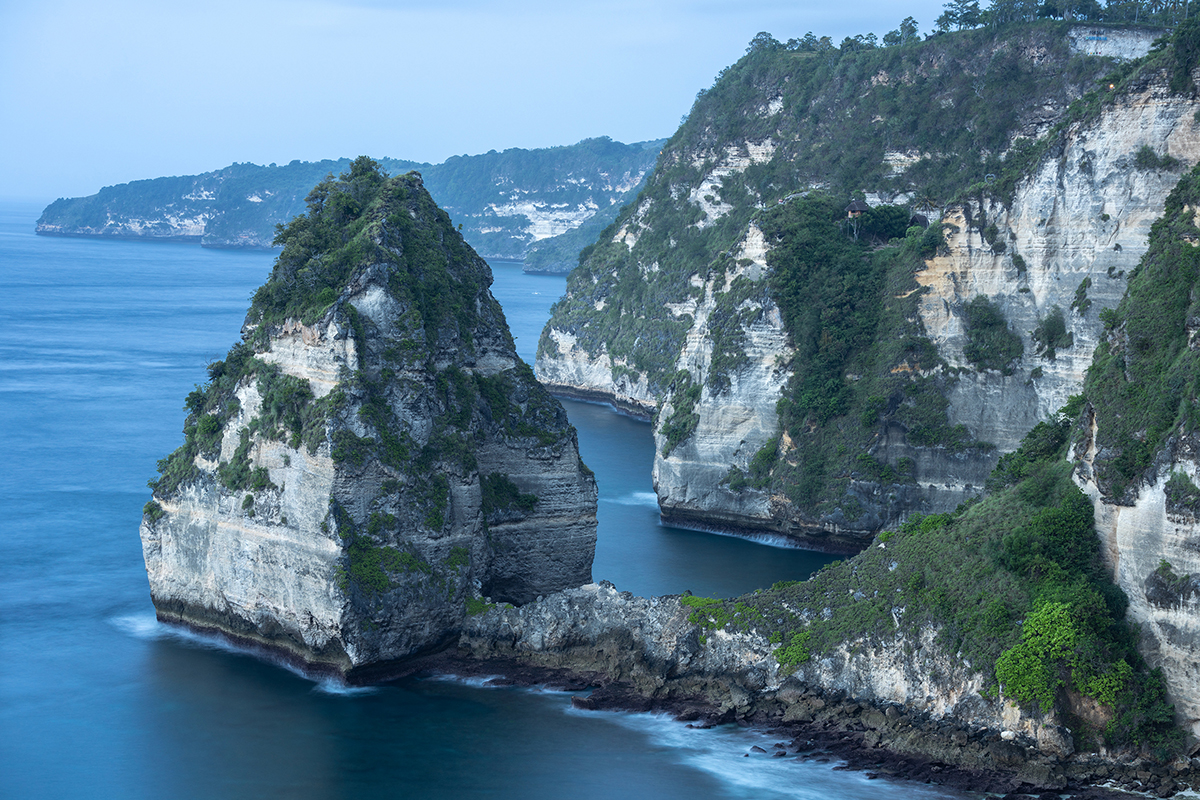
70-180mm (70mm), F5.6, 15 sec., ISO 100
IAN’S QUICK TIPS
Show off local color in a reflection.
The boat photo was taken on the island of Borneo, not far up the river from the orangutan preserve I visited. There were so many river boats going back and forth, painted in bright, brilliant colors. I used the 70-180mm to zoom in tight on the colorful reflections to create more of an abstract photo.
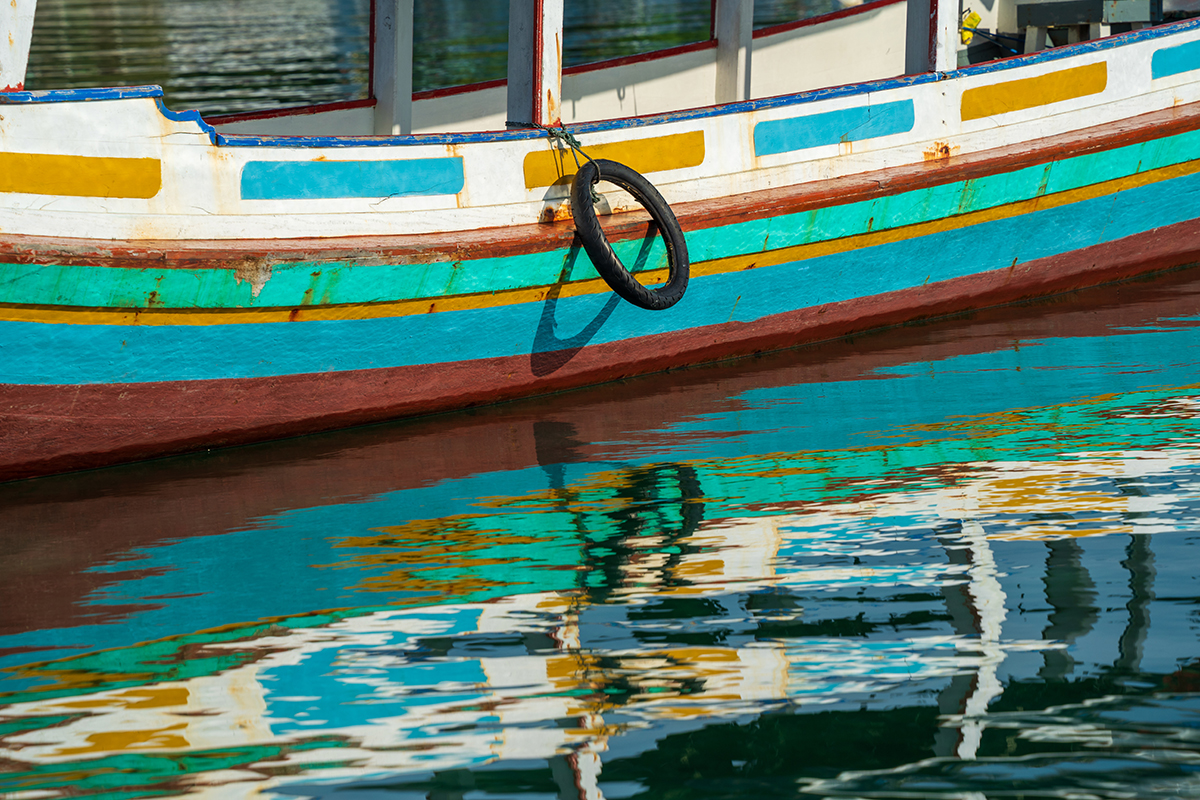
70-180mm (180mm), F8, 1/500 sec., ISO 100
Focus on feeding time.
Timing is crucial for capturing the best moments when it comes to wildlife. For instance, at the orangutan preserve in Borneo, rangers arrive at specified times to drop bananas on the wooden feeding platforms. You won’t necessarily get the best photos while they’re devouring their meal, but when they’re coming toward the platform and leaving, it’s a terrific opportunity for close encounters that allow for portraits. You can see the detail of the 70-180 lens in the photo here of one of the orangutans, with every wrinkle and piece of hair visible.
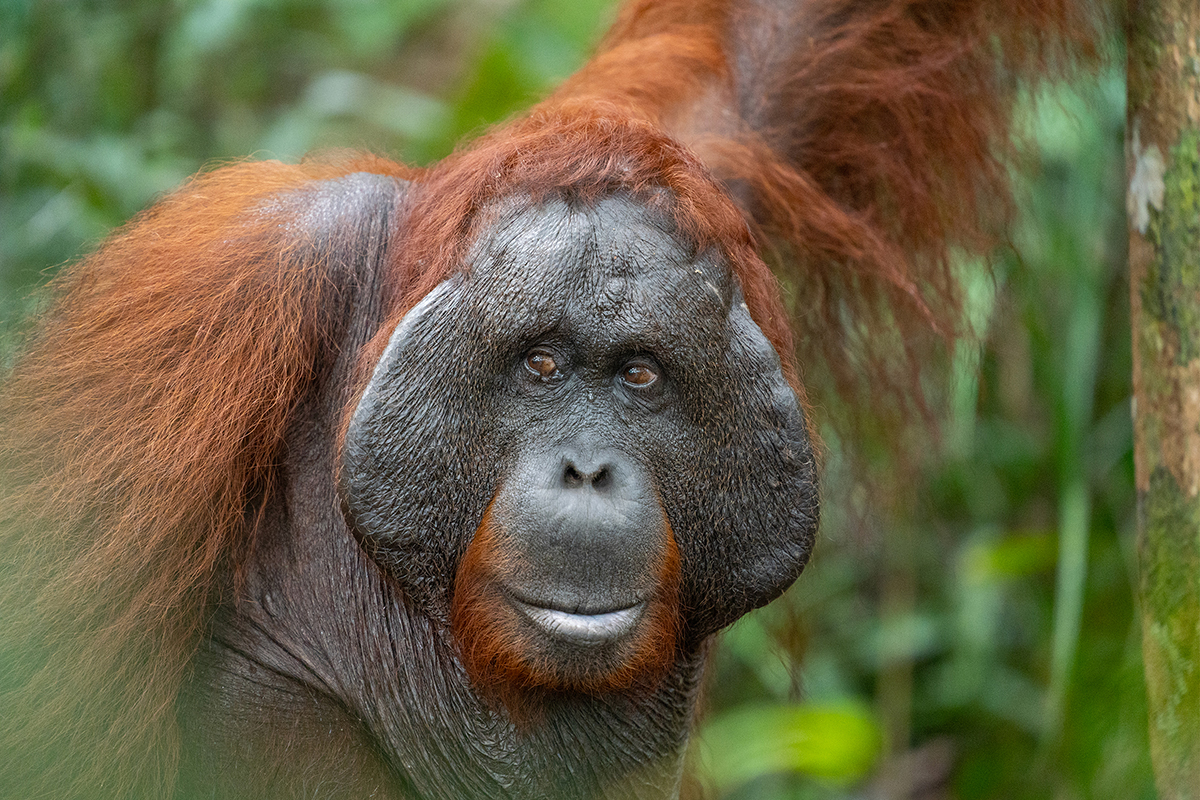
70-180mm (180mm), F2.8, 1/250 sec., ISO 6400
Play around with different types of lighting.
Mixed lighting, like you see here with the Komodo dragon, is always fun to work with. Typically, I wait for a moment when the animal’s face and eyes are in the sunlight, then let everything else fall off into shadow or silhouette. You can come up with very artistic, expressive photos this way.
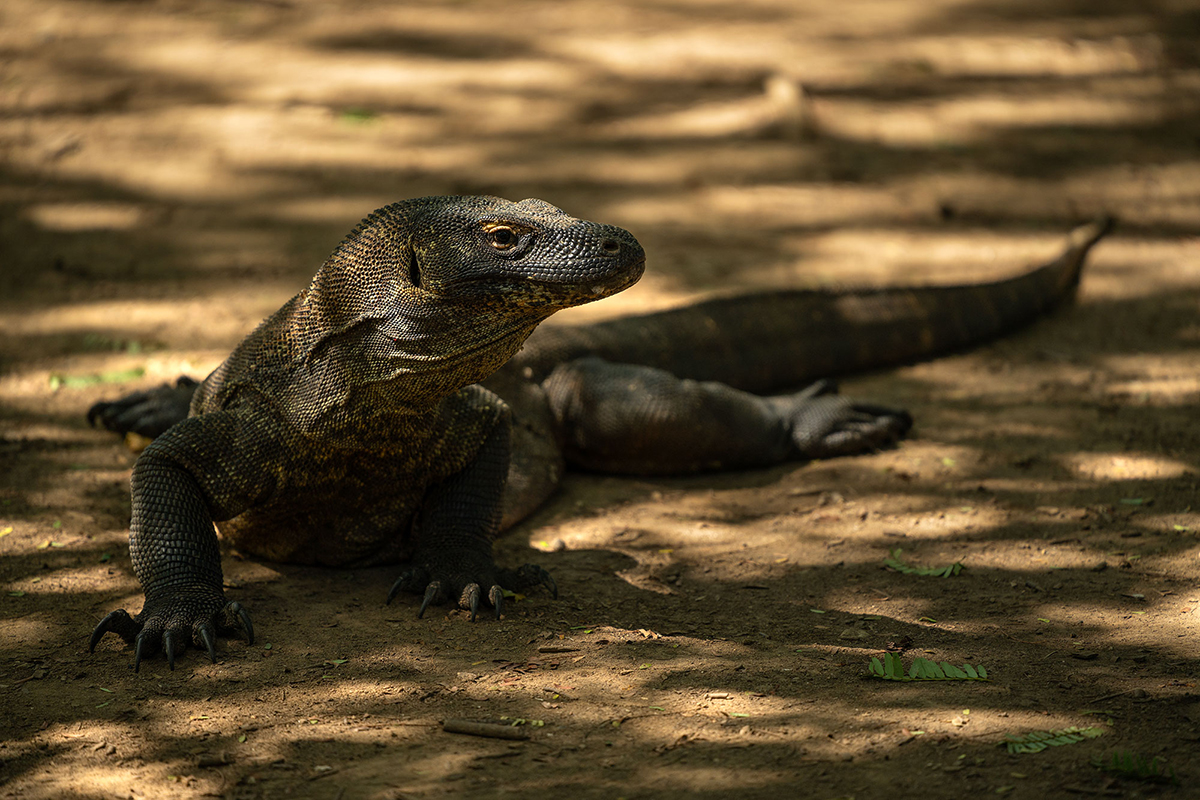
70-180mm (180mm), F2.8, 1/1000 sec., ISO 320
When shooting creatures like the tarsier, which is naturally active at night, artificial light is essential. Local guides will take you on evening walks in tarsier habitats. When you come across one, the guide will shine a flashlight on it. That light isn’t terribly strong, however, which is why having a fast F2.8 lens like the 70-180mm is ideal. It allows you to take photos handheld in low light without having to bump your ISO up to a ridiculous number.
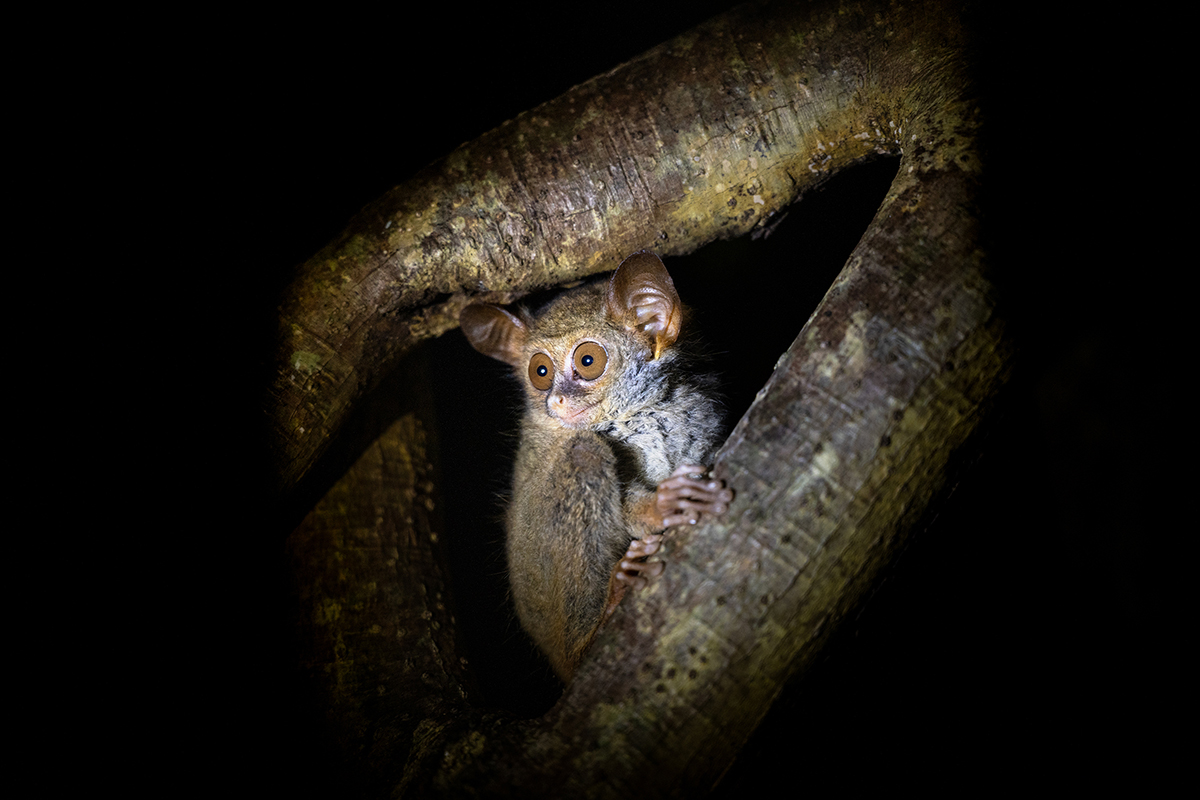
70-180mm (180mm), F2.8, 1/60 sec., ISO 1600
Skip sleeping in.
I was lucky enough one morning to visit Mount Bromo, an active volcano that’s part of a more extensive volcanic complex in East Java. These volcanoes are all nestled in a massive caldera, a large depression formed by an older, collapsed volcano that’s no longer active. I decided to head out before dawn, and I was greeted with a beautiful scene once the sun came up, with smoke spewing and a morning fog swirling. It was spectacular conditions.
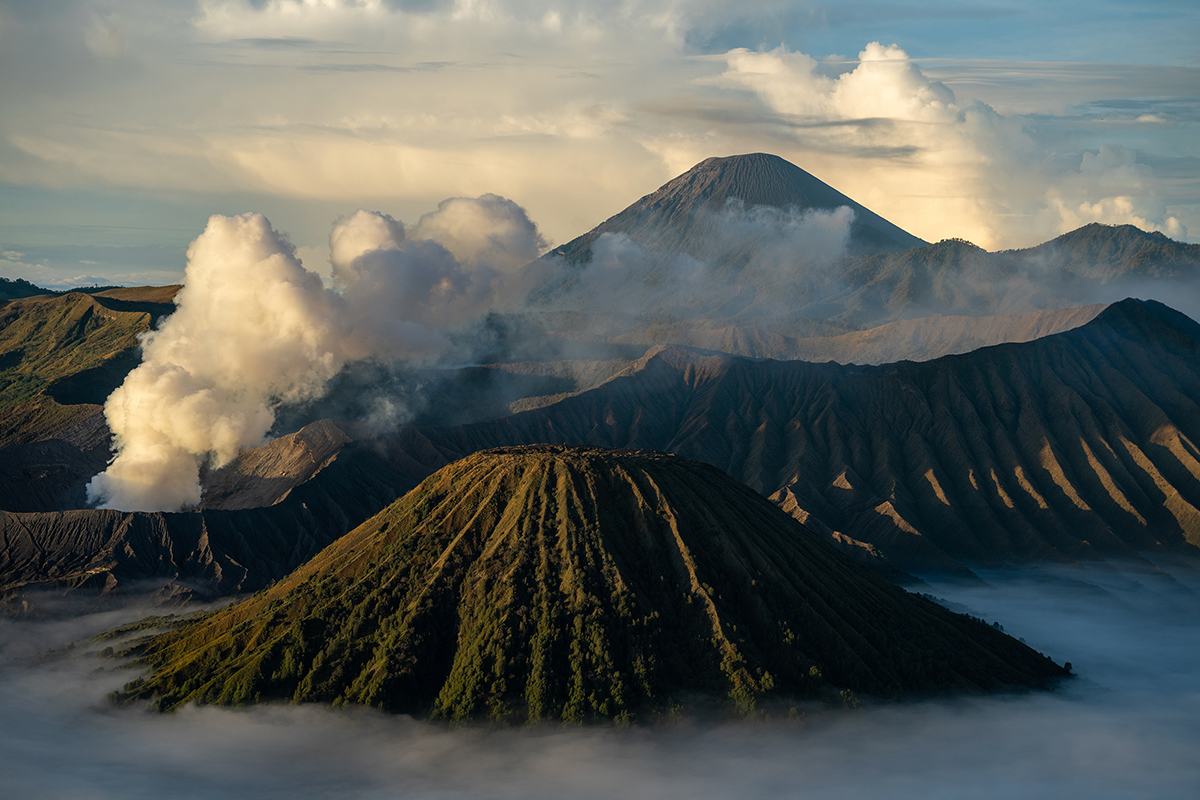
70-180mm (70mm), F4.5, 1/500 sec., ISO 100
Don’t neglect close-ups.
While it can be tempting to focus solely on dramatic landscapes and cute critters, don’t overlook the smaller things around you. Sometimes that means pointing the camera at your feet. The Tamron 70-180mm has an impressive close-focusing distance that allows me to easily achieve macro-style photos like the flower you see here. If you’re spending a lot of money to get to an exotic location, you’ll want to maximize your photographic opportunities by chasing beauty wherever you find it.
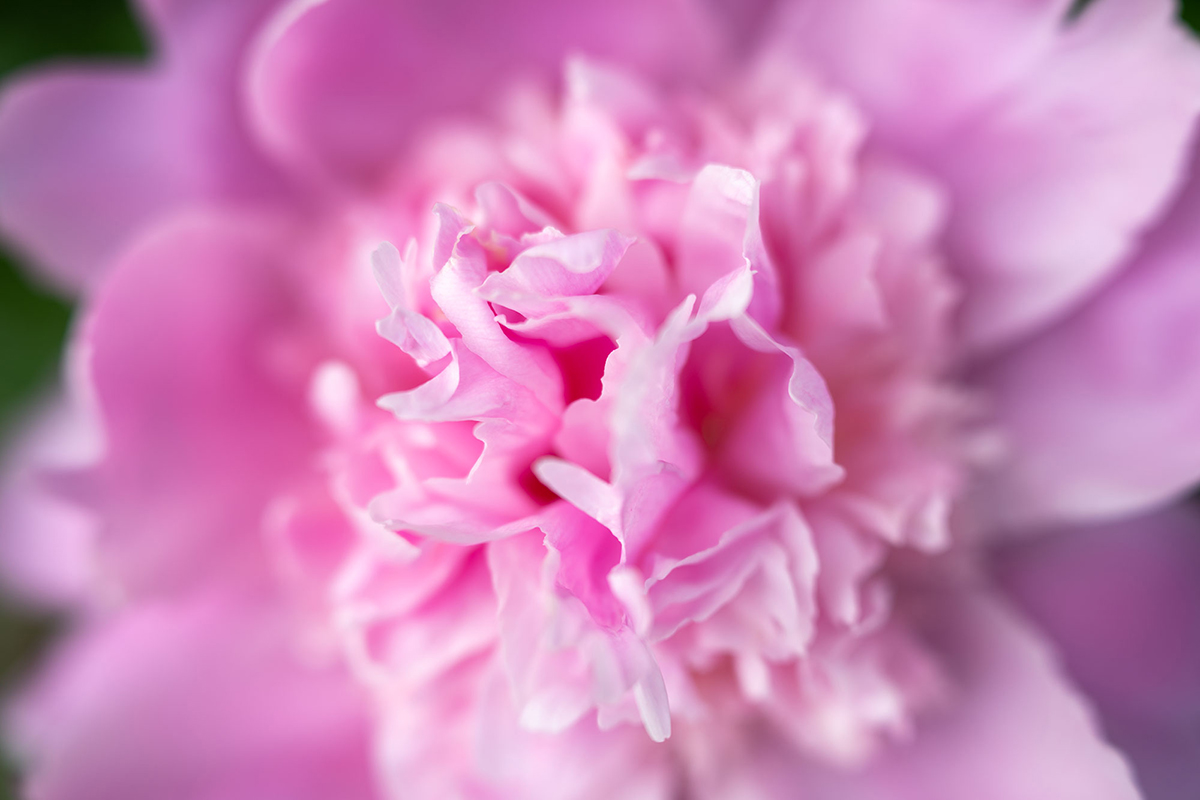
70-180mm (70mm), F2.8, 1/100 sec., ISO 100
To see more of Ian Plant’s work, check out his website.
Is your Tamron News subscription up to date? Click to subscribe to all editions of Tamron News featuring how-to tips, new product news, contest announcements and inspiration!